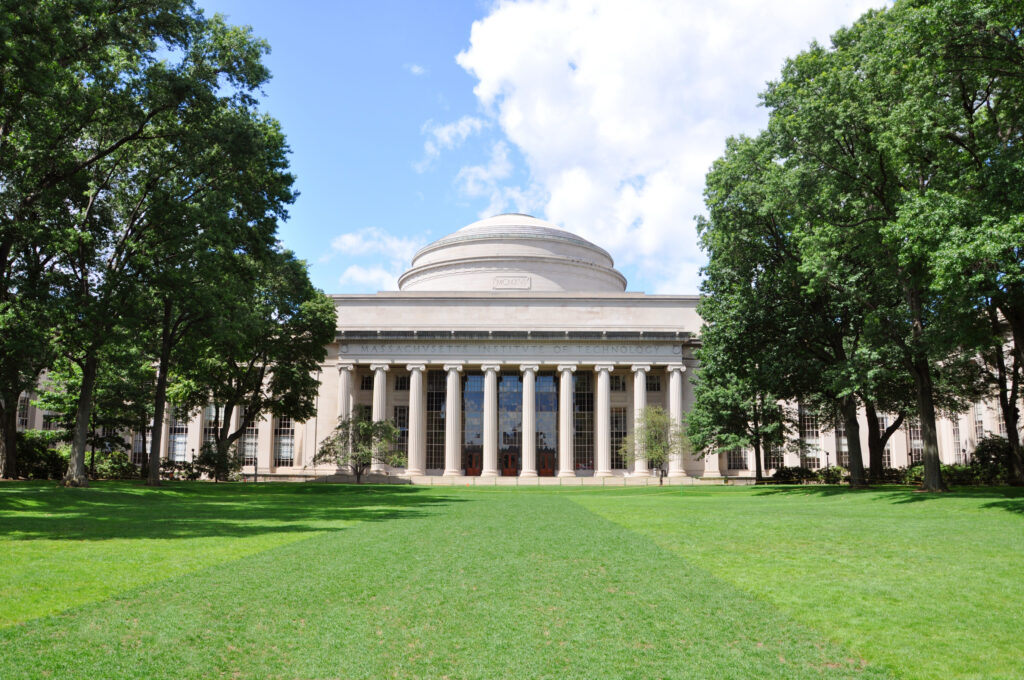Campus News, Featured, News
Affirmative Action Ruling: Colleges Struggle to Meet Diversity Goals
Alex Holgate

The recent affirmative action ruling by the Supreme Court has sent shockwaves through the higher education landscape. This landmark decision, which effectively ends race-conscious admissions policies in colleges and universities across the United States, has a significant impact on efforts to maintain diverse student bodies. The ruling, citing the Equal Protection Clause, has sparked intense debate about racial discrimination and the future of affirmative action law in American education.
As a result of this decision, colleges are now grappling with new challenges to achieve diversity goals. Many institutions are scrambling to develop alternative strategies to ensure a varied student population without explicitly considering race in admissions. This article delves into the immediate effects of the Supreme Court’s affirmative action ruling, explores the hurdles faced by colleges, and examines potential long-term implications for higher education and society at large. It also looks at innovative approaches some schools are adopting to maintain diversity within the new legal framework.
The Supreme Court’s Decision and Its Immediate Impact
Understanding the Ruling
On June 29, 2023, the U.S. Supreme Court issued a landmark decision that effectively ended race-conscious admissions policies in colleges and universities across the United States. In a 6-3 ruling, the Court held that the admissions programs of Harvard and the University of North Carolina, which considered race at various stages in the process, violate the Equal Protection Clause of the Fourteenth Amendment to the U.S. Constitution.
Chief Justice John Roberts, writing for the majority, stated that both programs lacked “sufficiently focused and measurable objectives warranting the use of race” and unavoidably employed race in a negative manner. The Court determined that the interests asserted by Harvard and UNC, such as “training future leaders in the public and private sectors” and “producing new knowledge stemming from diverse outlooks,” were not “sufficiently coherent for purposes of strict scrutiny”.
The ruling emphasized that colleges and universities must use colorblind criteria in admissions, with Roberts writing, “Many universities have for too long…concluded, wrongly, that the touchstone of an individual’s identity is not challenges bested, skills built, or lessons learned but the color of their skin”. However, the Court did not entirely close the door to racial considerations, noting that universities could still consider an applicant’s discussion of how race affected their life.
Reaction
The decision has sparked strong reactions from college administrators, faculty, and students. Many institutions expressed disappointment and concern about the ruling’s impact on their efforts to maintain diverse student bodies. Harvard, in response, stated that it would comply with the new ruling but emphasized the need to preserve its “essential values”. The university acknowledged that the diverse backgrounds of its students and faculty are important factors that should not be ignored.
Similarly, the University of North Carolina’s Chancellor, Kevin M. Guskiewicz, expressed disappointment but assured that the school would follow the court’s guidance. Other institutions, such as the University of California system and Johns Hopkins University, called the ruling a significant setback in efforts to build diverse university communities.
Concerns About Diversity in Higher Education
The ruling has raised significant concerns about the future of diversity in higher education. Experts predict that the decision will have far-reaching implications for diversity on college campuses and in the workforce pipeline. A 2020 study examining 19 public universities in states with affirmative action bans found that the number of Black, Hispanic, and Native American students enrolled at nine surveyed flagship universities was 11.2 percentage points less than the share of high school graduates from these demographic groups in the states where the schools are located.
Many fear that the ruling will lead to a decline in representation at various levels of higher education. Natasha Warikoo, a professor at Tufts University, described the decision as “pretty devastating in terms of higher education”. Some research indicates that diversity benefits all students, with a 2019 study by the American Council on Education suggesting a correlation between racial and ethnic diversity in education and the workforce, and greater productivity, innovation, and cultural competency.
As colleges grapple with the new legal landscape, many are exploring alternative strategies to maintain diversity within the new framework. These efforts include changing application essay prompts, ramping up financial aid initiatives, and reconsidering other equity issues like legacy preferences and standardized test requirements.
Challenges Faced by Colleges in Achieving Diversity
The Supreme Court’s ruling on affirmative action has presented colleges with significant challenges in their efforts to maintain diverse student bodies. Institutions across the United States are now grappling with the task of achieving diversity goals without explicitly considering race in admissions.
Lessons From States with Existing Bans
Several states have already experienced the impact of affirmative action bans, providing valuable insights into the challenges that colleges nationwide may face. In California, where a ban on race-conscious admissions has been in place since 1996, the University of California system has struggled to maintain diversity levels. Despite implementing various race-neutral alternatives, the enrollment of underrepresented minority students has not returned to pre-ban levels at many UC campuses.
Similarly, Michigan’s experience with a statewide ban on affirmative action since 2006 has shown the difficulties in maintaining diversity through race-neutral methods alone. The University of Michigan has seen a decline in the enrollment of Black, Hispanic, and Native American students since the ban took effect.
These examples highlight the complexities colleges face in trying to achieve diversity without considering race. The challenges extend beyond just admissions, affecting retention rates, campus climate, and overall student success.
The Limitations of Race-Neutral Alternatives
Colleges are exploring various race-neutral alternatives to promote diversity, but these approaches have shown limitations in their effectiveness. Some of the strategies being considered or implemented include:
- Socioeconomic factors: Considering family income, neighborhood demographics, and first-generation college status in admissions decisions.
- Percentage plans: Automatically admitting top students from each high school in the state.
- Targeted recruitment: Increasing outreach efforts in underserved communities and schools with high minority populations.
- Holistic review: Evaluating applicants based on a wide range of factors, including personal essays, extracurricular activities, and overcoming adversity.
While these approaches can contribute to diversity, they often fall short of achieving the same levels of racial and ethnic diversity as race-conscious admissions policies. For instance, percentage plans may not be as effective in states with highly segregated school systems, and socioeconomic factors alone do not always serve as a proxy for race.
Moreover, these alternatives often require significant resources and may not be feasible for all institutions. Smaller colleges or those with limited budgets may struggle to implement comprehensive outreach programs or provide the necessary financial aid to support a diverse student body.
The challenge for colleges lies not only in developing effective race-neutral strategies but also in ensuring that these approaches can be sustained over time. Institutions must navigate the complex interplay between diversity goals, legal constraints, and the unique characteristics of their applicant pools and local communities.
As colleges continue to adapt to the new legal landscape, they face the ongoing challenge of balancing the pursuit of diversity with compliance with the Supreme Court’s ruling. The coming years will likely see continued experimentation and refinement of admissions practices as institutions strive to create inclusive and diverse learning environments within the confines of the law.












